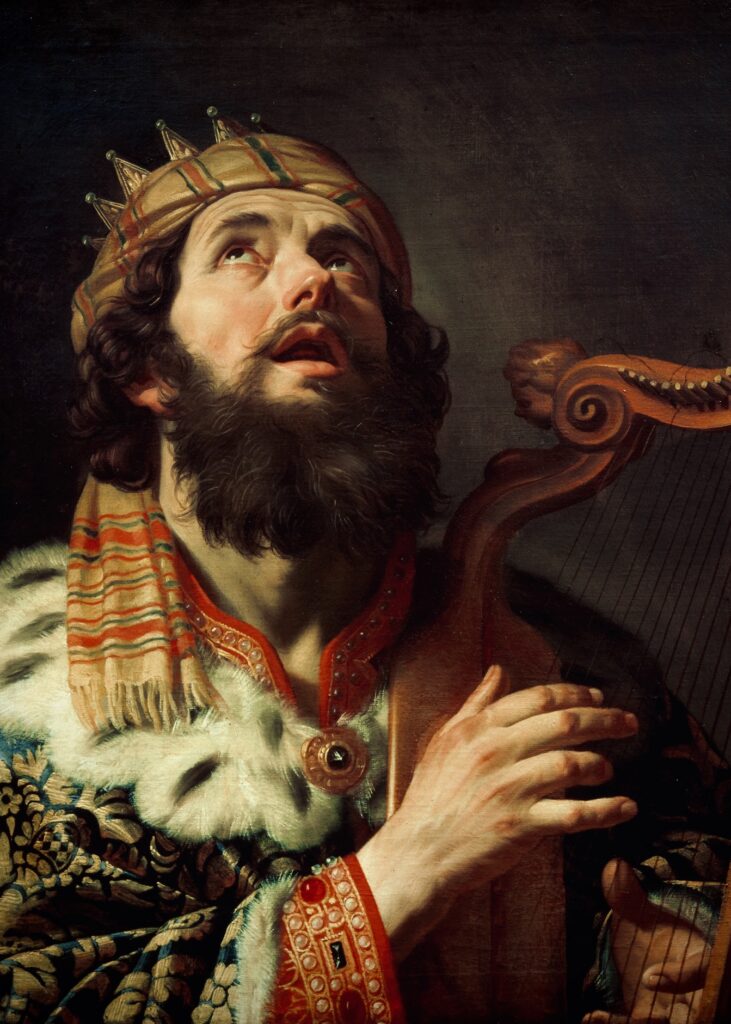This is another Whit Tuesday cantata, composed originally in 1724 as part of Bach’s first Leipzig cycle, and performed for the second time in 1727 and later on for a third time in 1731.
It is based on a secular cantata from the Cöthen period, probably for a New Year’s Day celebration, which is unfortunately lost except for a few instrumental parts. We also don’t have any information on the creative process for the adaptation of the original work to fit its new purpose as a church cantata. Is the original music largely untouched or heavily revised? To what degree was the music altered to fit the new text? The unusual length of the recitatives is reminiscent of secular cantatas and it’s curious to find such lengthy ones in sacred works, considering that revising or wholly rewriting the recitatives would have been a fairly straightforward task.
The libretto, by an anonymous poet, elaborates on the image of Jesus as the Good Shepherd, which corresponds to the Gospel of the day (John 10: 1-10). Unlike the text for BWV 175, which stayed a lot closer to Jesus’ parable, this one is more elaborate and it weaves in references to Psalm 23 and an interesting parallel between King David and Jesus freeing us from our foes.
The massive tenor recitative which opens the cantata includes a delightful accompaniment by two flutes, which state a motif that could be interpreted as such dissimilar images as the flames of Pentecost or birds chirping in a pastoral scene. Towards the end, the recitative changes into an arioso on the words “drum folgen wir mit Freuden bis ins Grab” (“thus we follow in joy unto the grave”), with melismas on “Freuden”. What we can discern is that Bach was recognizing features in the music and craftily mapping them to the new text – something that carries over into the entire cantata.
The second movement is a beautiful duet for soprano and alto with flutes and strings, in the form of a minuet with a definitive pastoral sound. This fits well with the text which refers to the “blessed flock”.
Another long tenor recitative follows, where the parallel between Jesus and King David is drawn. Again, key words and expressions are set to illustrative word-painting motifs, and the form transitions to an arioso towards the end, as a way to emphasize the word “Himmelsfreude” (“heavenly joy”).
Rounding off the protagonist role of the tenor, the next movement is an aria with violin solo, on words that reflect on the “golden age” brought about by Jesus. The violin line features gentle gestures with extended appoggiaturas, giving it a dance-like character.
The aria leads to a bright four-part chorale with the orchestra doubling the voices, set to text by Anarg von Wildenfels dating from 1526, which is probably a new addition to the original secular material. Surprisingly, the chorale doesn’t end the cantata. A chorus follows, which doesn’t hide very well its origin as a secular piece, however well fitted it may be to the new text. It is a gavotte in da-capo form, with the middle section set as a duet for solos soprano and bass.
